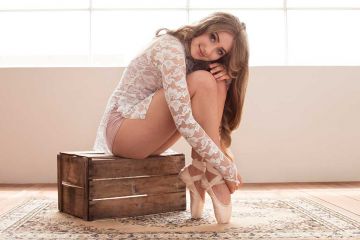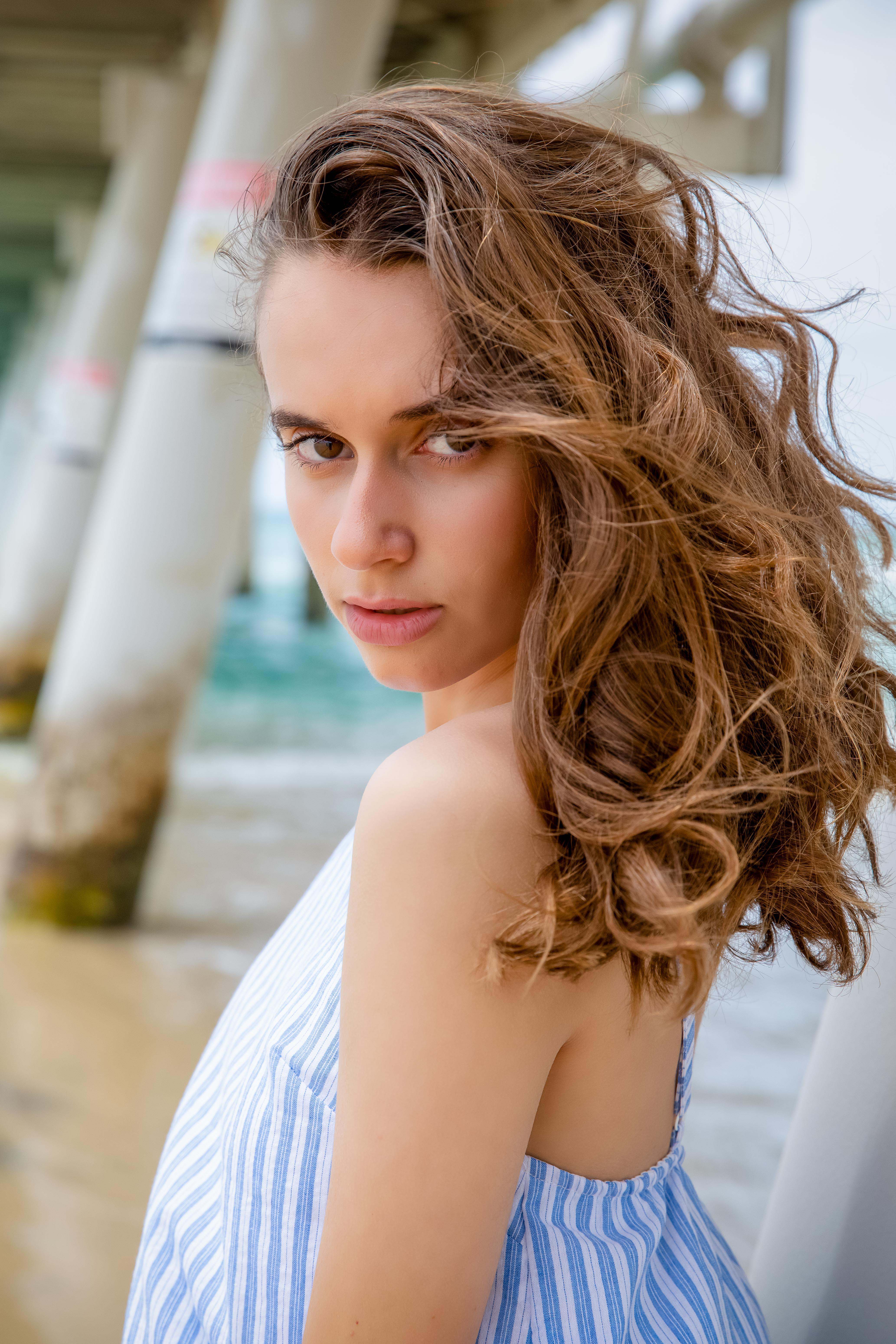The Newbie's Guide to Product Photography
If a image deserves a thousand words, a magnificent product image deserves a thousand website visits. Although I don't have data to support that declaration (yet), product photography can be incredibly valuable to your ecommerce website approach.
To reach your target market participants who favor buying online, you likewise need to provide your audience clear, eye-catching images of your products.
Yet product photography isn't as easy as directing and also shooting. Even the most standard items need the proper tools, illumination, and also area to create attractive photos that market buyers right from the purchase web page.
6 Product Photography Tips ( as well as Instances) for Taking Pictures That Market
Here are the tips, examples, and also products you'll require to properly photograph as well as market your items in such a way that makes your visitors and also leads wish to transform.
1. Do not hesitate to use your smartphone's electronic camera.
This is the component where I'm intended to encourage you to purchase a premium, 50-megapixel (MP) cam with a 100-millimeter screw-on lens. Yet I'm not mosting likely to do that.
If you currently possess a camera that fits this description, make the most of it. But for lots of types of items, it's totally appropriate to shoot product pictures on a mobile phone.
More recent smartphones flaunt effective electronic camera lenses and setups that permit you to enhance your shots for the different kinds of light and environments you could fire in.
If you need a lot more persuading, simply have a look at Apple's Shot On An apple iphone project and also the photos that have resulted from it throughout the years such as this:
2. Shoot from a tripod for photo consistency.
Prior to clarifying tripods, I'm bound to begin with a cardinal policy: Don't prop your phone versus something strong to intend your lens towards the subject.
It's just as well simple for this makeshift setup to glide about during the shoot and cause inconsistencies in your pictures' look. If you relax your camera on, say, a pile of books, simply make sure this plan doesn't change over the course of the shoot.
There's no injury in holding your cam on your own when shooting simply a couple of product pictures for your ecommerce site. Yet as your service grows, and also you take more images of more items, it can be tough to Brand Awareness Shoots standardize the product's positioning in each photo when firing portable.
To make certain uniformity throughout your items, you'll need a tripod. And also the good news is, acquiring one isn't constantly the large, industrial-sized financial investment it utilized to be.
Right here are 2 kinds of tripods to take into consideration.
Standard vs. Versatile
This is a tradition tripod-- there are standard tripods available for both video cameras and smartphones.
A versatile tripod can be adjusted in a number of means. You can flex its legs and also place it on different surface areas to get the angle you require.
Mobile Grasp
There's typically a screw on the top of your tripod which affixes to your camera to hold it in position. The bottom of the majority of professional-grade cameras has a screw opening just for this objective, yet smartphones can use the following adapter:
The adapter grasps the sides of your smart device and can screw into either sort of tripod, allowing you to operate the video camera controls with the phone display dealing with external as well as toward you.
Once you identify which install you'll need, establish it up in front of your product, as well as think about placing three pieces of tape on the ground to mark where you 'd like to keep each leg of your tripod over the course of the shoot.
3. Pick all-natural light or artificial light.
Never ignore just how certain kinds of light can enhance (or impede) your product photography. Bear in mind, buyers obtain the best look at an thing in person, where they can see whatever they require to prior to buying. The best lighting setup helps you reveal those critical decision-making product features when all site visitors have to go on is a photo.
A single illumination setup could not work for every product-- a illumination plan that benefits some items might damage the appearance of others.
There are two sorts of light you can pick as your major source of light: all-natural and synthetic light.
All-natural Light
Natural light describes sunshine-- simple as that. It's also known as "soft light" because the sunlight casts a bigger, softer series of light than, claim, a lamp radiating straight on the product. Ecommerce product shots thrive in natural light if:
The product is shot outside or suggested to be used outside.
The product is used by, worn on, or shot with a person ( individuals often tend to look far better in natural light).You're trying to highlight the product's surroundings, instead of certain characteristics of the product.
Here's an example of a shot making use of all-natural light:
Fabricated Light
Fabricated light consists of candles, fire, and also more commonly, light bulbs. It's additionally referred to as " difficult light" because it creates a smaller sized yet a lot more concentrated light surface. This kind of light caters to items with physical details that need to be highlighted to thrill an online consumer.
As a basic guideline, adhere to just one kind of light per photo-- all-natural or fabricated. Including natural light to an unnaturally lit photo can soften a product that's implied to look sharp, and also including man-made light to a normally lit photo can hone a product that's suggested to look soft. You do not want to get in your own way.
4. Load or bounce your light to soften shadows.
Whether you use natural light or artificial light, you'll require to minimize the shadows that any kind of possible difficult light casts on the contrary end of a product.
There are 3 ways to do this:
Fill up Light
Consist of another, less-intense source of light to supplement your main light. This added light is called your fill light and also is made use of as a counterbalance to soften the natural shadow your primary light creates behind an object.
To do this, position your fill light contrary your main light so your product rests between both source of lights.
Flashbulb Bounce Card
A bounce card, or reflector card, is a little card that " mirrors" or " jumps" the main light back onto the surface area underneath your product to minimize shadows.
Some bounce cards connect to the flashbulb of a professional electronic camera lens to diffuse the light from the electronic camera's flash. This card sprinkles a softer light onto the subject from over your collection-- as opposed to straight at it-- so you do not have long shadows trail behind the things you're shooting.
Standalone Bounce Card
If you're shooting from a mobile phone, a flashbulb bounce card isn't an choice, since you do not have a physical flash you can connect it to. Rather, make your own standalone bounce card positioned opposite your primary source of light.
For novices to product photography, this bounce card can effectively change your fill light, which counters the difficult light from the cam flash or light that's facing towards the front of your product.
5. Utilize a move or portrait mode to emphasize the product.
There isn't one best way to position your product, lights, and jump cards-- they can transform considerably depending on your background. But do not choose a background based upon what's easiest to produce. Histories need to resemble exactly how you desire your purchasers to perceive your product when watching it online.
Take into consideration initially whether you would certainly like a white background or a much more dynamic, real-world background. There's an easy way to attain every one.

White History: Move
For white backgrounds, it's not as easy as establishing a table versus white drywall. Also mobile phone cameras can grab little acnes on a white wall that you would not discover with the nude eye. To record a ideal white history without any corners or acnes, use a move.
A move is a large flexible sheet of paper, whose bottom work as the surface under your product and then curves up into a white wall behind the product.
On cam, the move's contour is invisible, stressing essential product details and also enabling the product to have all of a website site visitor's attention.

Real-World History: Picture Mode
Dynamic, real-world histories are very enticing when capturing products that have a specific usage or are being designed by a individual-- as you saw in the picture of the brief-case previously in this overview.
Yet, it's easy for a real-world background to swipe the emphasis of the Get more info photo, making it vague which item in the photo you're actually selling.
Offer your product depth and emphasis with picture mode, a picture setup on many professional electronic cameras, and likewise readily available on numerous brand-new smartphones. This setting obscures the history so the context of the product is clear however not contending against the product itself.
Below is a extremely remarkable photo of a HubSpot pen taken in portrait setting on a Google Pixel 2 (I took this picture myself). You can tell the pen sits on a desk with a computer system behind it, however the pen is still the focal point for visitors:

6. Shoot a variety of pictures.
My last ecommerce photography idea to you is to not quit at one photo per product. Equally as your consumers look, hold, make use of, and also try on goods in a store, your internet site needs to shoot a selection of pictures to replicate this really experience.
If you're shooting apparel, as an example, capture the garment of clothing alone-- that is, expanded on a white surface-- along with on a mannequin whose color contrasts the shade of the product.
Then, for added photos, have the clothes modeled on a individual, allowing you to take photos of the product from the individual's different poses and angles.
Product Photography Set Up
Next off, allow's summarize what we just obtained-- below's a list of fast product photography set up suggestions that you can refer to as well as share on your team:
• Select a camera-- whether or not that means utilizing your mobile phone.
• Get a tripod that works for your video camera of selection.• Select natural or fabricated illumination-- think of which option is best for your product and also setting.
• Determine whether you'll fill or jump light.• Select move or portrait setting.
• Take numerous different images to use your audiences selection.
Get Started With Your Product Photography
Do not really feel required to purchase every pointer and also piece of equipment at the same time. Use these product photography pointers slowly to see what makes your shop look one of the most presentable, and also change your method as your photography chops get better.